Natchez was born 300 years ago on the banks of the Mississippi River. The establishment of Fort Rosalie by the French in 1716 forever changed the area from one of sacred ground for Native Americans to a hub of commerce for European settlers: Natchez and the nearby settlement at Emerald Mound had been an important ceremonial site used by indigenous people for a thousand years. For 2016, the city of Natchez has devoted an entire year to celebrating the diverse cultures and traditions that have shaped this place over the last three centuries – from a month-long music festival to weekly legends-and-lore lectures and walking tours to a grand, old-fashioned birthday party in August. Recent civic improvements, including new additions to the Natchez Trails project of walking and cycling paths, prove that this jewel of the Mississippi has never shone brighter.
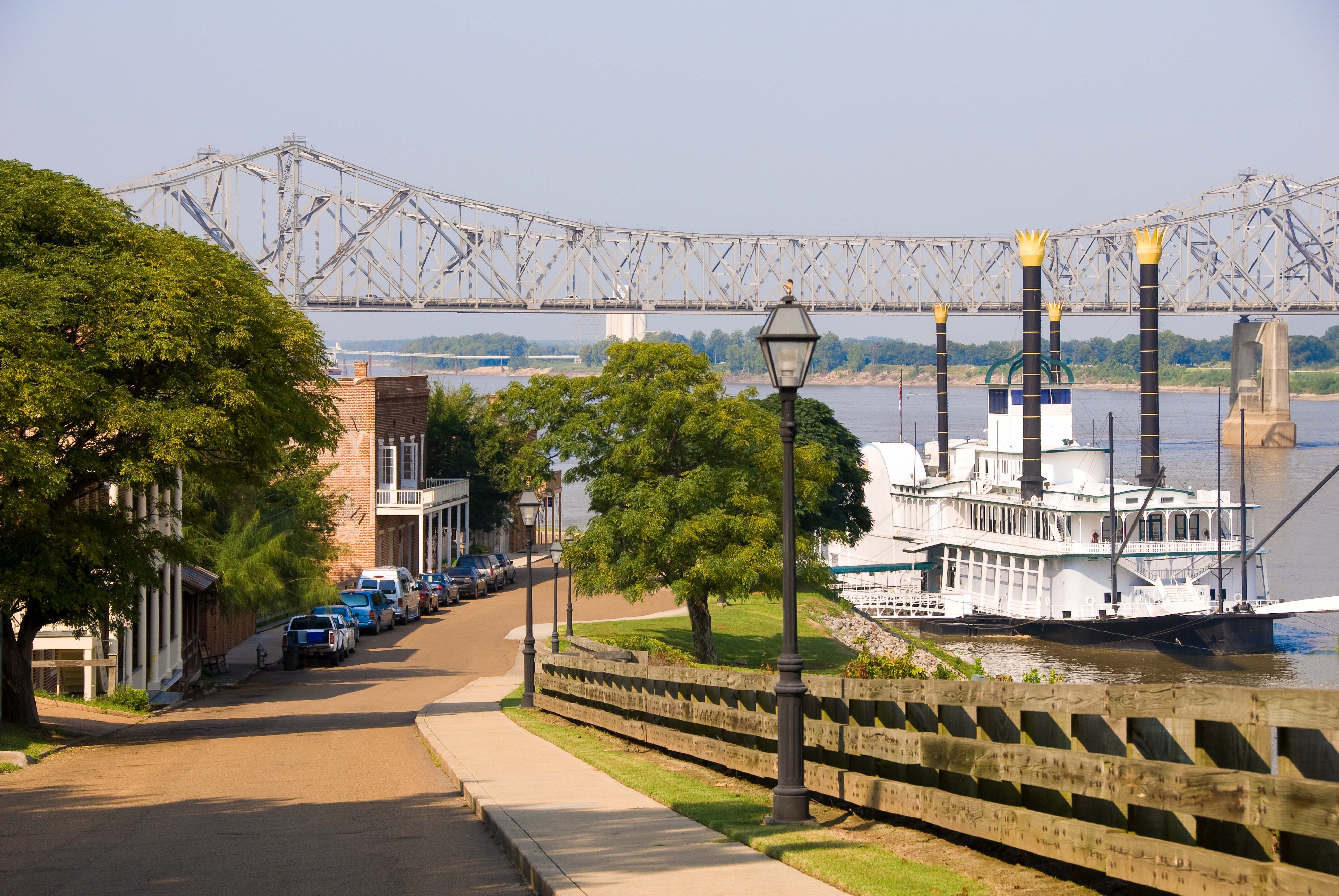 Natchez Under the Hill was the city's place for rabble-rousing in the 19th century, but now it is a great area for dining and nightlife © Anne Rippy / Getty Images
Natchez Under the Hill was the city's place for rabble-rousing in the 19th century, but now it is a great area for dining and nightlife © Anne Rippy / Getty Images
Natchez is a place inextricably linked to the past – long before European settlers arrived, there were indigenous people here as far back as the 8th century BC when the area was used as a ceremonial site and burial ground, built to pay homage to the people of the Mississippian culture. The 18th and 19th century saw Natchez rise in importance as a port city, as trade moved the cash crops of cotton and sugar cane up and down the Mississippi, from New Orleans to the northern cities. The 20th century ushered in another period of change for the city, as the importance of river commerce declined and the city reinvented itself once again as a cultural destination, offering a glimpse of life in pre-Civil War America that can’t be found anywhere else.
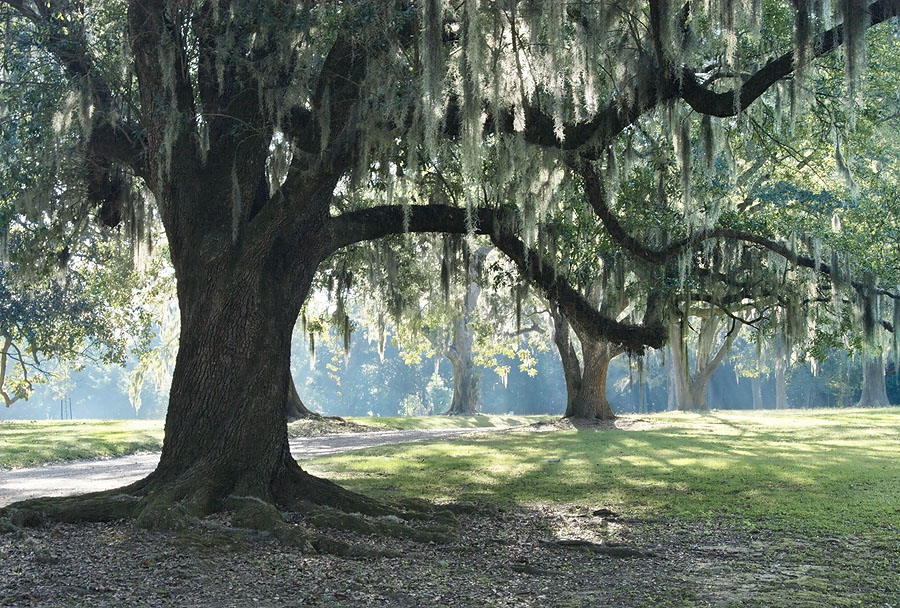 Beauty abounds in Natchez, from Spanish moss draped trees to incomparable antebellum architecture. Image courtesy of Natchez Convention and Visitors Bureau
Beauty abounds in Natchez, from Spanish moss draped trees to incomparable antebellum architecture. Image courtesy of Natchez Convention and Visitors Bureau
The complex of man-made structures at Emerald Mound comprises the second largest Pre-Columbian earthwork in the USA. There is a trail that takes visitors around the site, and you can climb to the top of Emerald, the highest mound. It is about two times as long and three times as wide as a football field, and reaches 35ft high – from the summit you can look across the same thick swath of forest that stood here 300 years ago.
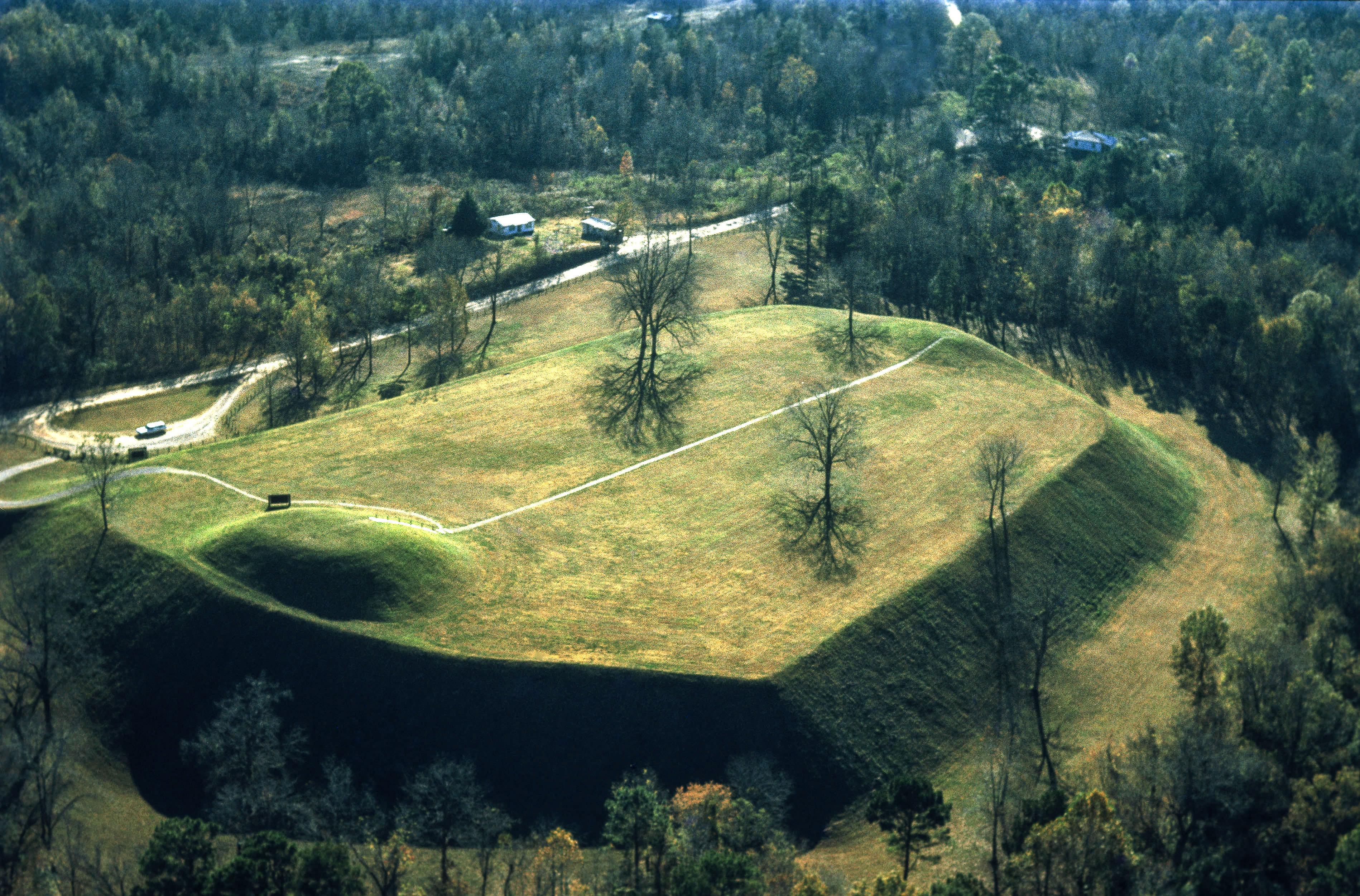 Emerald Mound, part of the second largest pre-Colombian earthwork in the USA © Franke Keating / Getty Images
Emerald Mound, part of the second largest pre-Colombian earthwork in the USA © Franke Keating / Getty Images
The Grand Village of Natchez Indians (mdah.state.ms.us/new/visit/grand-village-of-natchez-indians/) features three earthwork mounds, a reconstructed Natchez house, and a small but informative museum featuring Native American crafts and artifacts. The grounds provide a peaceful backdrop to reflect on the hundreds of years of human habitation this land has seen, and is a good choice for a picnic. The Grand Village is also the site of the annual Natchez PowWow (natchezpowwow.com), a two-day celebration of the Natchez culture including dancing, singing, and traditional food and crafts for sale. The event includes Native American tribes from all over the South and the Midwest.
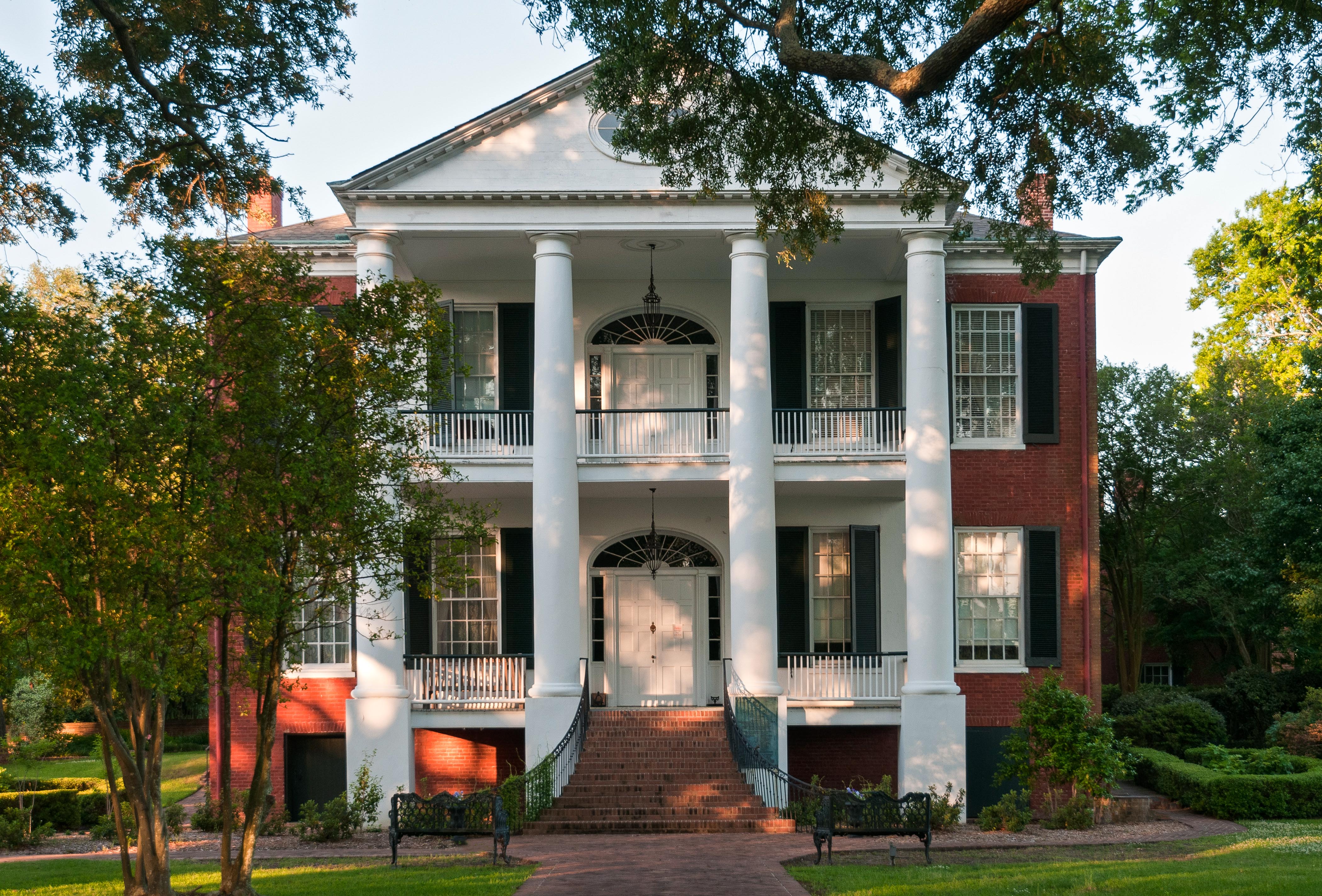 Rosalie Mansion's Greek Revival style was influential on antebellum architecture in the region. General Grant also seized this house during the Civil War to use as Union headquarters © Stephen Saks / Getty Images
Rosalie Mansion's Greek Revival style was influential on antebellum architecture in the region. General Grant also seized this house during the Civil War to use as Union headquarters © Stephen Saks / Getty Images
Before the Civil War, more millionaires per capita lived in Natchez than anywhere else in the US, and the houses built here rivaled the most opulent and elegant mansions in the country. Today, Natchez boasts more antebellum mansions than anywhere else in the US. There are nearly 700 homes from the pre-Civil War era, many of which are open to the public to tour. These houses have been preserved with a meticulous attention to detail, down to the original place settings in the dining rooms, lace and other textiles in the bedrooms, and even the original wallpaper remains in some residences. It is astounding that these items, including delicate porcelain dishes and Waterford crystal gasoliers, were able to be preserved through the Civil War until the present day.
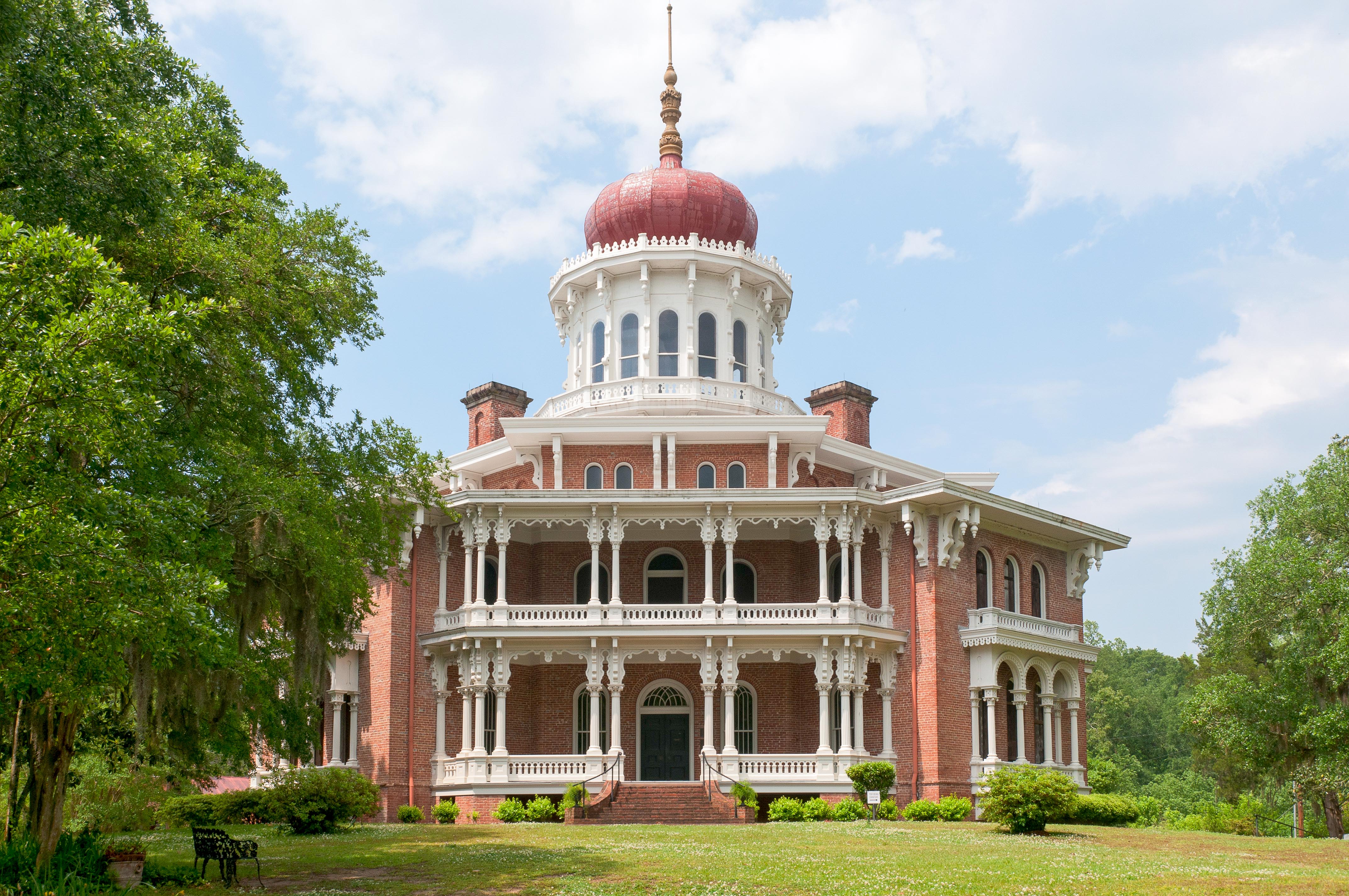 Longwood, an antebellum mansion in Natchez © Stephen Saks / Getty Images
Longwood, an antebellum mansion in Natchez © Stephen Saks / Getty Images
For almost a century, Natchez has hosted spring and fall ‘pilgrimages’. The Pilgrimage is a period when many of the historic homes are open to the public and tours are provided by docents in period costume, complete with enormous hoopskirts. Tickets start at $15 for a single house tour, and packages for multi-house tours can be purchased as well (natchezpilgrimage.com). If you aren’t able to visit during one of the pilgrimages, there are mansions that offer tours year-round, including the impressive and architecturally-influential Auburn (auburnmuseum.org), built in 1812 and listed as a National Historic Landmark. Auburn was the first building in Natchez to be built according to an architectural plan, and it also features an usual 'floating' spiral staircase, which ascends to the second floor completely unsupported.
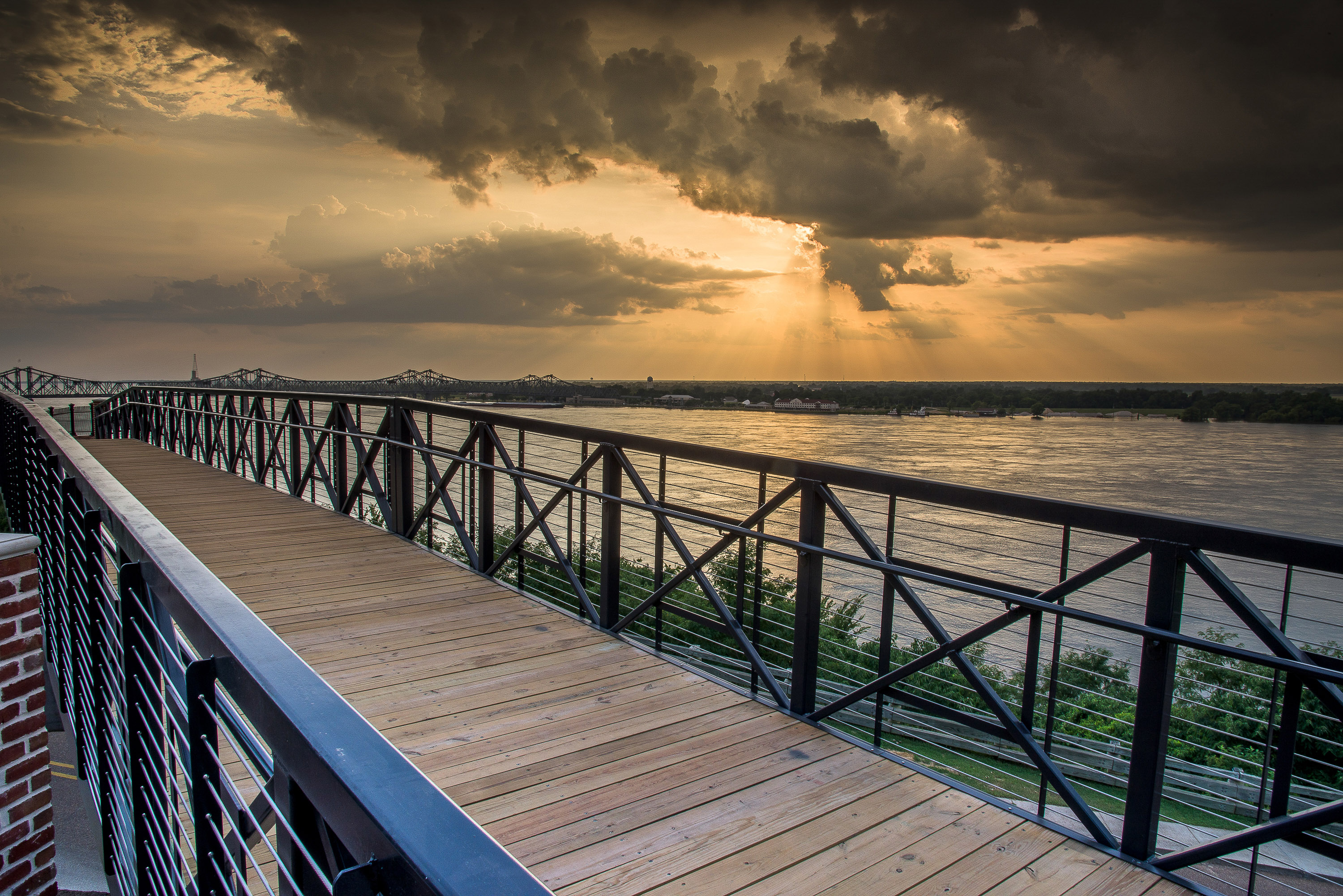 The Bridge of Sighs is a pedestrian walkway that recreates a famous riverside walkway along the Mississippi from the 19th century. Image courtesy of the Natchez Convention and Visitors Bureau
The Bridge of Sighs is a pedestrian walkway that recreates a famous riverside walkway along the Mississippi from the 19th century. Image courtesy of the Natchez Convention and Visitors Bureau
The Mississippi River slips quietly past Natchez, the provider of livelihoods and leisure for the city’s inhabitants for three centuries. Historically, the river was the primary source of the commerce for the city, but today it offers a wealth of recreational pursuits. If you want to get up close and personal with the Big Muddy, consider renting a canoe and an experienced guide to explore the river the way people have traveled this water for thousands of years. Quapaw Canoe Company (island63.com/natchez.cfm) offers a variety of river tours in Natchez and the surrounding area.
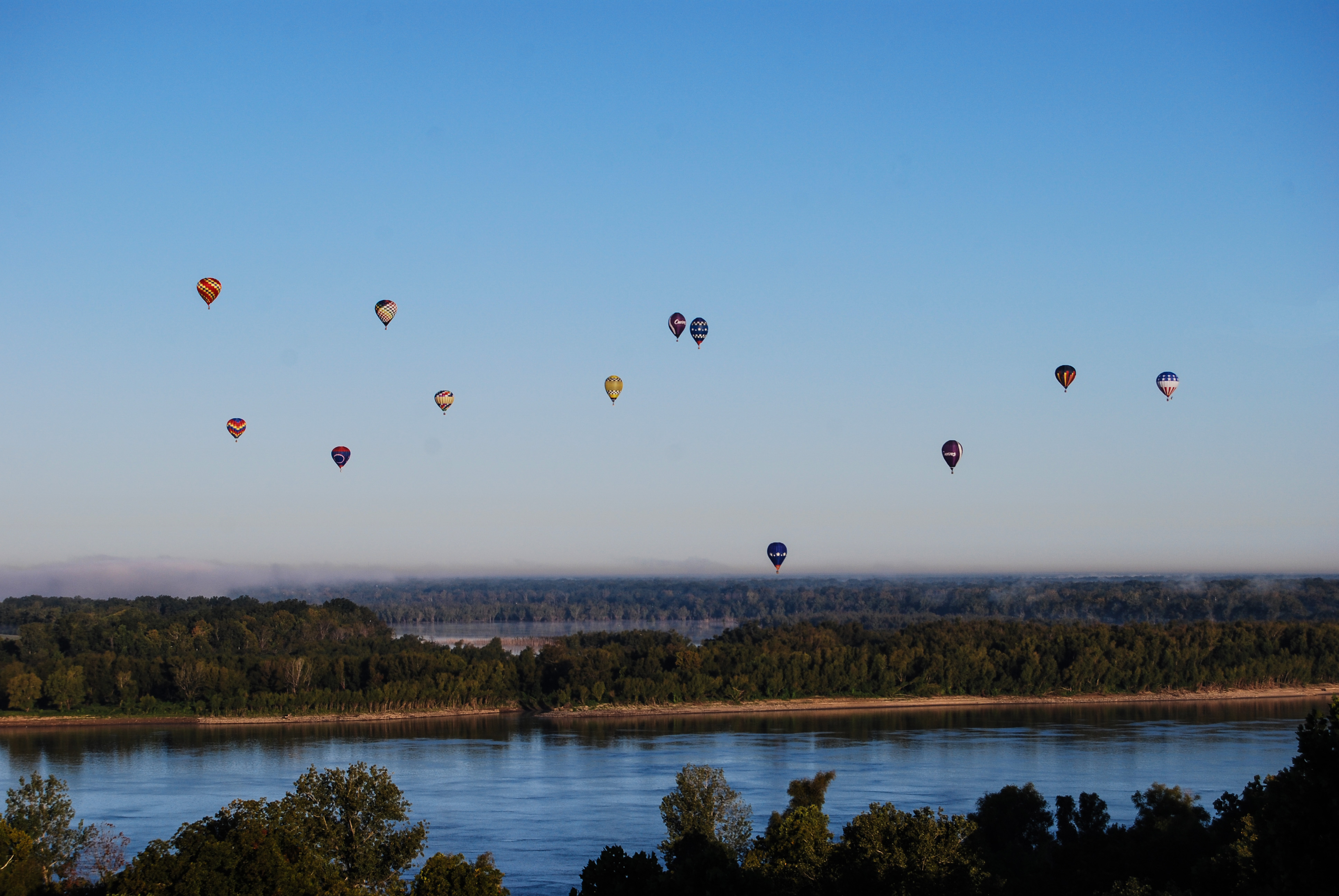 Hot air balloons float over the Mississippi River. Image courtesy of the Natchez Convention and Visitors Bureau
Hot air balloons float over the Mississippi River. Image courtesy of the Natchez Convention and Visitors Bureau
The annual Great Mississippi River Balloon Race (natchezballoonrace.com) takes place the third weekend of October, just when the heat of the summer begins to lose its oppressiveness. The event takes place over a weekend, with a balloon glow on Friday night, followed by a fireworks display over the river and live music, all of which take place in the historic Rosalie Bicentennial Gardens (rosaliemansion.com). Saturday and Sunday features competitive balloon races along the river. This year also features the inaugural Blufftoberfest Biergarten, a craft beer festival featuring local and regional breweries.
Just outside of Natchez is St. Catherine Creek (fws.gov/refuge/St_Catherine_Creek), a national wildlife refuge that offers hiking trails, wildlife watching, and canoeing and kayaking. It is open year-round.
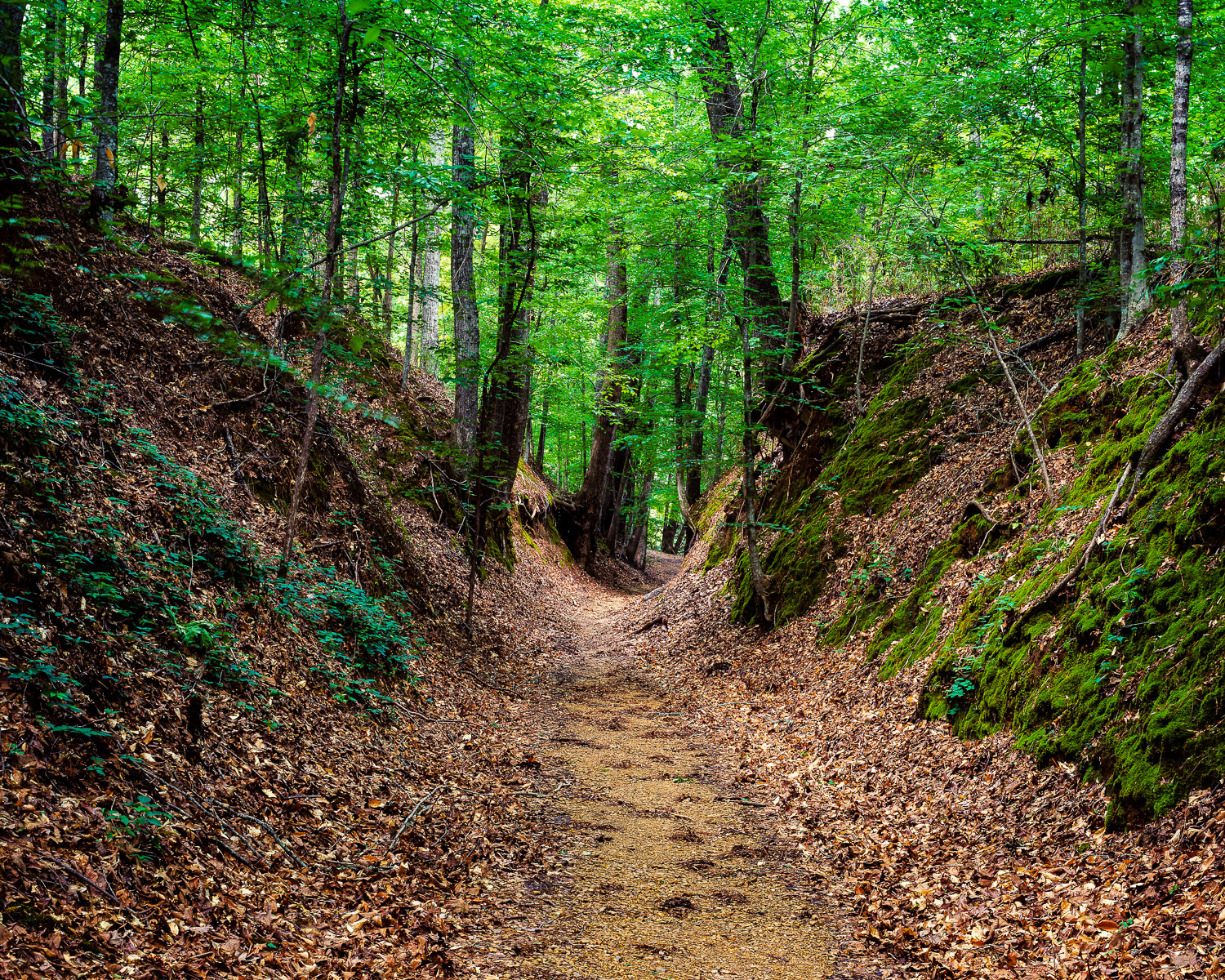 The original Natchez Trace, a path that has been eroded by hundreds of years of foot and cart travel. Today it is called the Old Natchez Trace or the Sunken Trace © Fred Hirschmann / Getty Images
The original Natchez Trace, a path that has been eroded by hundreds of years of foot and cart travel. Today it is called the Old Natchez Trace or the Sunken Trace © Fred Hirschmann / Getty Images
The city is also the terminus of the Natchez Trace, an ancient road that originated as a Native American trail and became an important trade thoroughfare for European settlers. Today it lives on as a scenic highway connecting Natchez and Nashville, and as an access point for excellent hiking, cycling, and river activities.
Established in 1933, Star Alliance member Turkish Airlines now flies to 283 destinations worldwide. Turkish Airlines was chosen as ‘Europe's Best Airline’ for the fifth consecutive time in Skytrax magazine's annual survey. Widen your world at www.turkishairlines.com